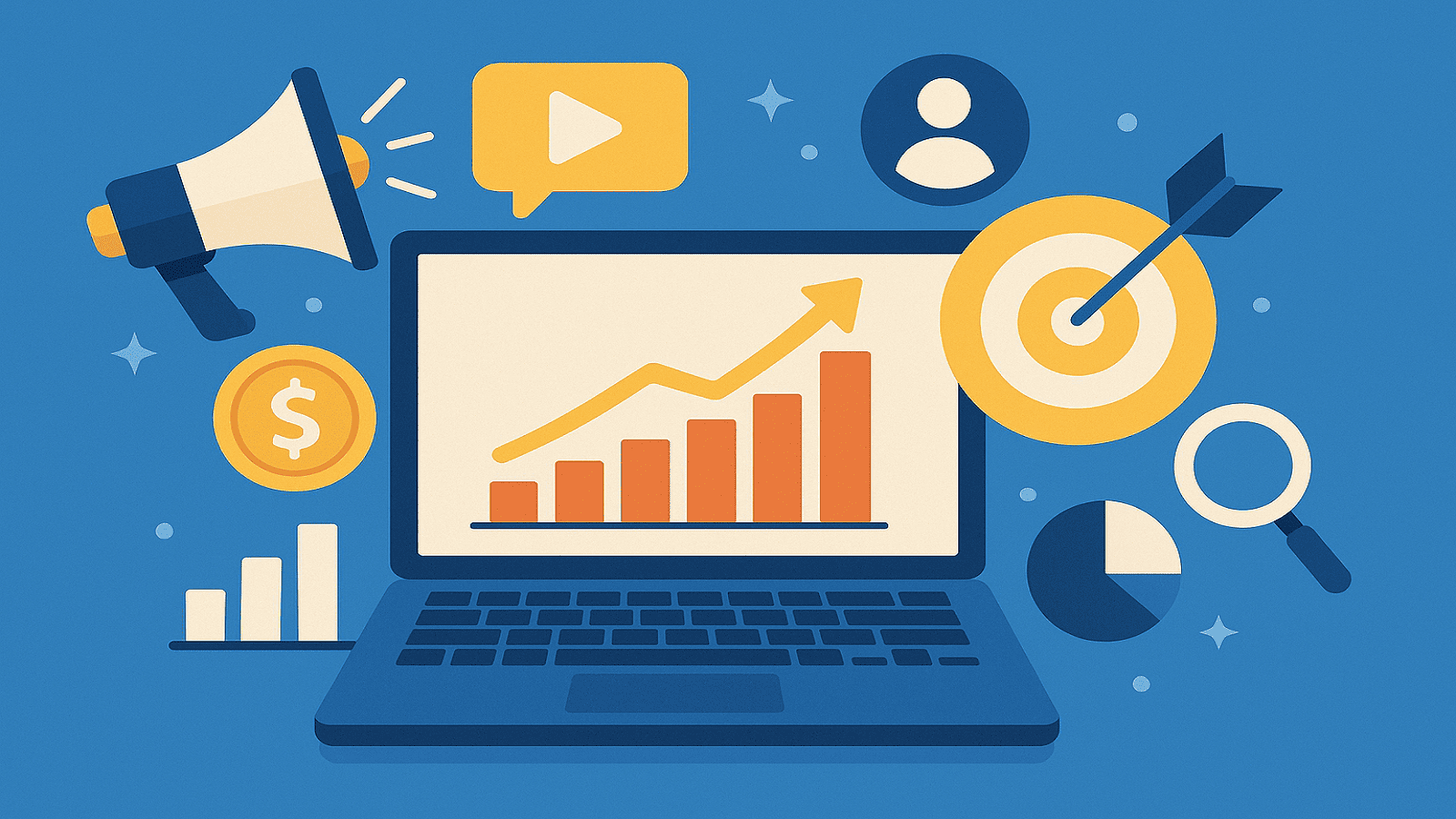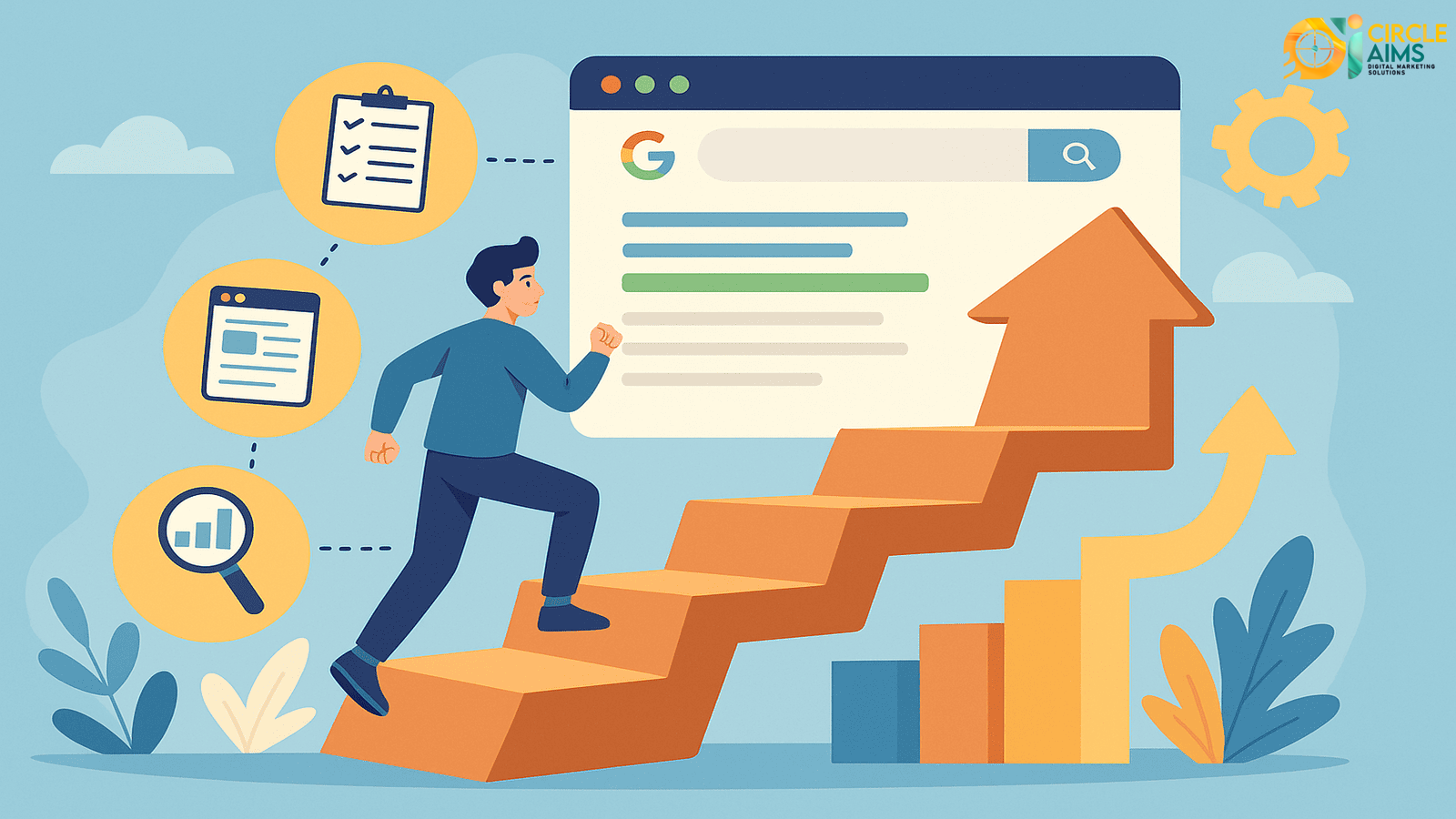How to Maintain Your Website Speed?
The Importance of Website Speed for Visitors and SEO
Website loading speed is one of the fundamental factors that significantly impact user experience. Users expect web pages to load within a few seconds, and any delay may lead to frustration and a higher bounce rate.
Studies indicate that every second of delay in load time can reduce conversions, meaning that website speed plays a vital role in user satisfaction and the success of online businesses.
Moreover, site speed affects search engine optimization (SEO). Numerous studies have confirmed that search engines like Google consider loading speed when evaluating the quality of web pages.
Fast websites tend to rank higher in search results, which enables them to attract more visitors. The more positive the user experience, the greater the likelihood of return visits or interaction with the content.
In addition, website speed can influence brand reputation. If your website is slow, potential customers might perceive it as unprofessional or unreliable.
Therefore, improving website speed is an integral part of any digital marketing strategy. The better the user experience, the more likely people are to spread the word about your brand and engage with your content.

Ultimately, improving site speed can be considered a necessary investment for online business success, as it directly affects both user experience and SEO—contributing to increased revenue and growth. It is thus essential to optimize your website’s performance to meet visitor expectations and compete effectively in the digital market.
Best Practices to Improve Website Speed
Improving website speed is essential for delivering an optimal user experience and achieving better search engine rankings. Several practices can be adopted to achieve this goal effectively.
One of the key areas to focus on is image optimization. You should use appropriate image formats and reduce file sizes without compromising quality. Tools like ImageOptim and TinyPNG can facilitate this process.
Another crucial aspect is the use of caching. Caching can significantly reduce page load times by storing previously downloaded data or pages.
Caching can be implemented using plugins such as WP Super Cache or W3 Total Cache for WordPress websites, which help enhance speed for returning visitors.
Reducing server requests is also a valuable practice. Website owners should try to combine CSS and JavaScript files and reduce the number of individual files that the browser needs to load.
Using a Content Delivery Network (CDN) is also advisable. A CDN distributes content across different geographic locations, allowing users to load data from servers that are physically closer to them.
File compression is another important step; it can help reduce the size of large files like HTML and CSS, which contributes significantly to faster page loads.
Tools like Gzip are commonly used to achieve this. By implementing these practices, you can greatly improve your website’s speed, which in turn positively impacts user satisfaction and engagement.

Website Speed Testing Tools and How to Use Them
Website speed measurement is a key component in enhancing user experience and SEO performance. Several tools are available to help assess and analyze website speed.
Among the most popular and effective tools are Google PageSpeed Insights, GTmetrix, and Pingdom.
Google PageSpeed Insights allows users to evaluate the load speed of their web pages on both desktop and mobile devices. After entering the website URL, the tool provides a detailed report with a score from 0 to 100, along with recommendations for improvement. Users should focus on aspects like image optimization and reducing response time.
GTmetrix is another useful tool that offers a detailed analysis of website performance. It displays page load time, the size of different elements, and the number of requests.
Users can use this data to identify underperforming areas in need of optimization. It is important to consider GTmetrix recommendations, such as file combination and optimization of CSS and JavaScript code.
Pingdom provides a similar analysis with a focus on understanding load time and the impact of various site elements. After entering the URL, the tool displays a timeline showing the response time of each element.
This helps identify which components are causing delays in page loading. Focusing on optimizing these slow-loading elements can lead to better site performance.
Overall, carefully reviewing the results from these tools and applying the recommended changes can significantly enhance site speed. These tools are valuable for performance analysis and provide data-driven suggestions that help website owners offer a high-quality user experience.
The Impact of Using a CDN on Website Speed
A Content Delivery Network (CDN) is an advanced technology aimed at improving website speed by distributing content across a network of servers located in various geographic regions.
When a visitor accesses a website using a CDN, their request is directed to the nearest server, minimizing the distance data must travel. This significantly reduces page load times, which is a critical factor in improving user experience.
A CDN stores copies of static content—such as images, videos, CSS, and JavaScript files—on distributed servers. As a result, visitors can load this content more quickly because it is delivered from the nearest geographic location instead of a central server. This helps reduce the load on the main server and improves overall site performance, especially during traffic surges.
For example, a major e-commerce company implemented a CDN to enhance its websites. After implementation, they observed a 50% reduction in loading time, which led to a notable increase in sales. Similarly, a leading media organization applied a CDN and saw an improvement in visitor numbers, as users spent more time on the site thanks to the faster loading experience.
In summary, using a CDN is a long-term investment in enhancing website performance. By reducing load times and improving site responsiveness, website owners can boost user experience and more effectively achieve their business objectives. In light of ongoing advancements in information technology, CDN will remain a fundamental component of internet service strategies.







No comment